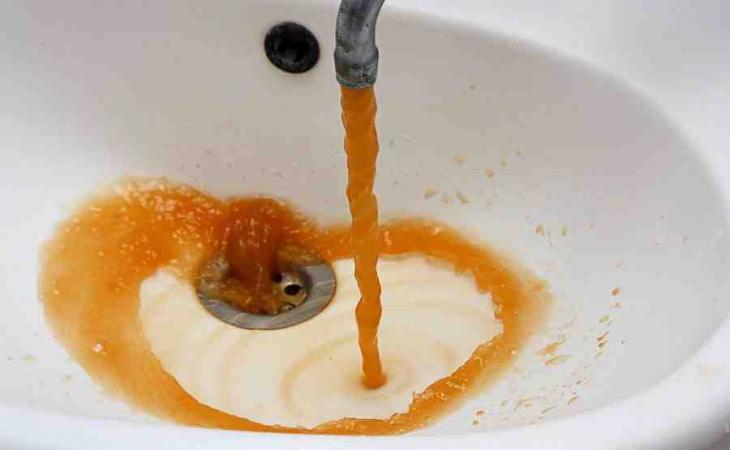This website uses cookies so that we can provide you with the best user experience possible. Cookie information is stored in your browser and performs functions such as recognising you when you return to our website and helping our team to understand which sections of the website you find most interesting and useful.
News
Flint’s Drinking Water Meets the EPA Definition of Toxic Waste
Clean drinking water is the lifeblood of our communities and economy. It’s a fact that’s often overlooked until the water stops flowing or we lose access to this vital resource — as is the case in Flint, Michigan.
As part of a cost-saving effort in 2014 the city switched from the Detroit water supply and began drawing water from the Flint River. Unfortunately, the new water supply was so corrosive that it began degrading the city’s already deteriorating water infrastructure, composed of old iron, copper and lead pipe. The corrosion then began leaching particulates and lead from the pipes and into the water itself.
Residents complained for over a year about cloudy and foul smelling water, but it wasn’t until a group of Virginia Tech researchers sampled the water last summer that the public began to understand the extent of the problem.
Some of the water samples tested contained lead levels high enough to meet EPA’s definition of “toxic waste.”
The city switched back to the Detroit water system in October 2015, but the damage to the pipe infrastructure was already done. Flint Mayor Karen Weaver declared a state of emergency in December and the governor has now brought in the National Guard to help distribute drinking water to city residents.
The Vinyl Institute is monitoring the disaster in Flint. The VI plans to bring up the issue with Congress and the White House in the coming weeks and to emphasize the need to invest in the nation’s antiquated, crumbling infrastructure and ensure the integrity of U.S. drinking water. Modern solutions, like high performance PVC pipe, resist corrosion from acidic water and/or soil conditions. They also have much lower break rates and a lifespan of over 100 years, ensuring our communities have safe, clean drinking water for generations to come.


